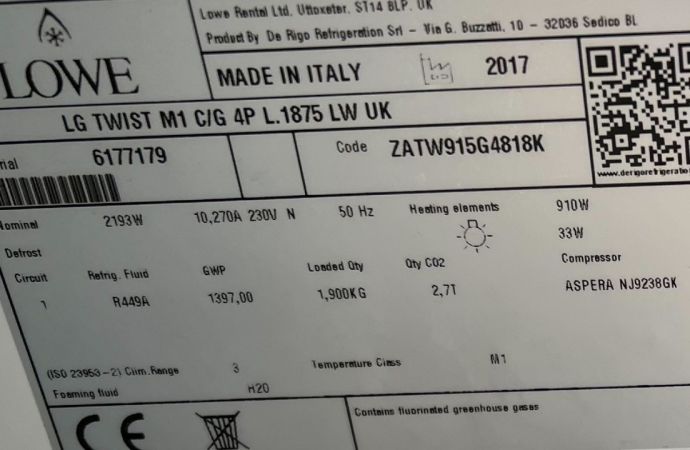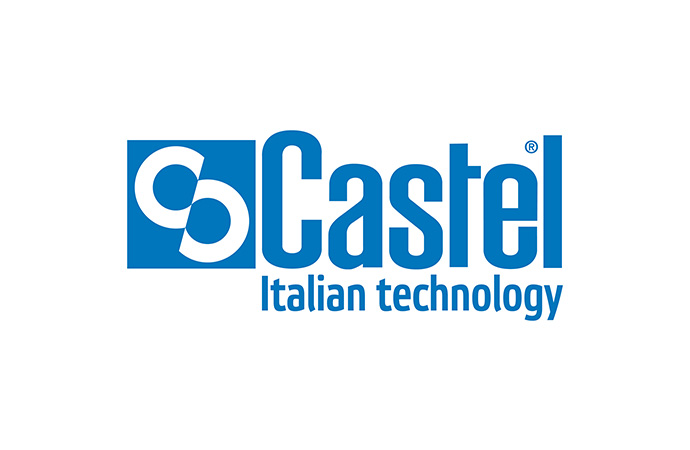The valve company has found that virtual product testing can save up to 87% in CO2e, compared to physical testing.
_1639647771.jpg)
Castel valves can now be tested virtually. Photo credit: Castel.
Italian valve manufacturer Castel has found that it can “radically” reduce the carbon footprint of its product testing process by replacing purely physical tests with a computer-aided approach.
The company estimated that in more than 500 tests on about 2,000 product samples (including safety and expansion valves), the carbon footprint in virtual tests (about 40 metric tons of CO2e) was 87% less than that of physical tests (about 310 metric tons). The virtual tests required 10% of the samples needed for the physical test.
These results were shared by Alessandro Farina, Application Manager at Castel, at a session on Castel’s design and test methods during the ATMOsphere Europe conference, held online September 28-29. ATMOsphere Europe was organized by ATMOsphere, formerly shecco, publisher of this website.
The virtual tests also saved up to 95% of the cost associated with physical testing, because fewer tests were needed, he added.
“The virtualization approach to the design and study of component behavior contributes to radically reducing the impact of the carbon footprint in the prototyping and testing phase,” Farina said. “Even if taken individually, it may seem like a small contribution, [but] the set of small contributions always makes an important contribution.”
In calculating the carbon footprint of testing processes, Castel looked at acidification of land and water, eutrophication, GWP, ozone-depletion potential, photochemical ozone creation and abiotic depletion potential. The aim of these tests was to cut the overall environmental impact of products, speed up time to market and reduce test costs.
Castel has a 500m2 (5,382ft2) testing laboratory, with €250,000 (US$282,000) of equipment, which measure flow, burst, fatigue and “Kd and Kv” values. Castel also has a shaker-vibrator system in its test lab.
Evolving to simulations
A few years ago, Castel staff started including computer simulations of all laboratory tests to increase the skills of its engineers, and ensure accuracy, said Farina. They started with the simple tests, then compared the theoretical calculations to the results of the physical tests to check how they measured up. When they had assured that the models were accurate, they could skip some difficult-to-carry-out physical tests, and rely on the simulations.
Collaborating with Polytechnic of Milan, Castel uses the Life Cycle Assessment (LCA) method to calculate the carbon footprint of its products and operations, including both the physical and virtual tests.
Life cycle, explained Farina, includes materials, transport, assembly, use, maintenance and eventual disposal of the product.
Castel was founded in 1961, is now active worldwide. Castel’s valves serve a wide range of hydrocarbon applications.
Want to find out more, or have something to say about this story? Join the ATMO Connect network to meet and engage with like-minded stakeholders in the clean cooling and natural refrigerant arena.
Related stories




